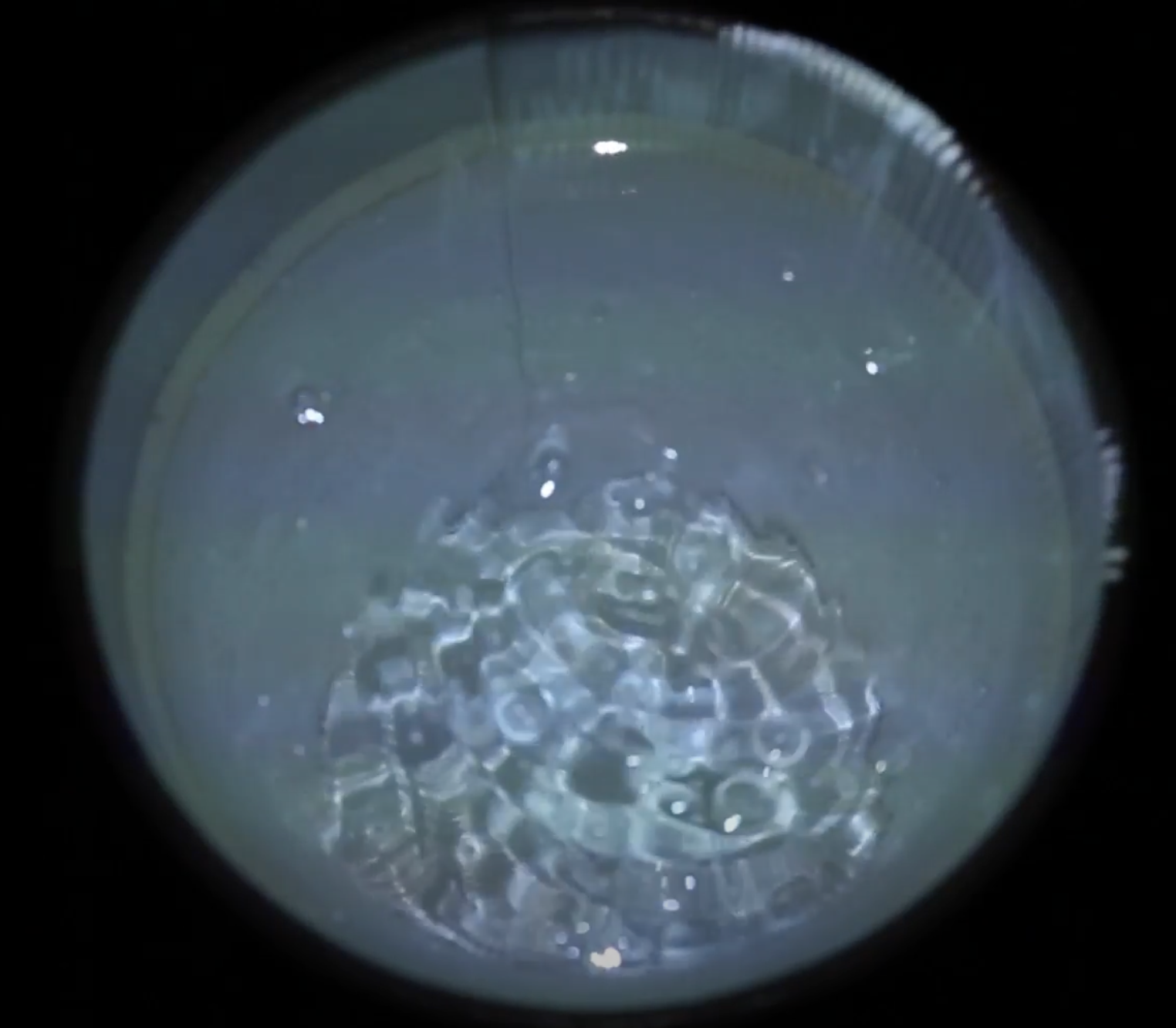9/13/23
link to moodboard
Choose your top three favorite installations from Sarah Sze's Guggenheim Museum exhibition. Take photos and understand how they use projection.
- Explain how projection is part of each installation.
- Find out where the content comes from or is stored.
- Identify the type of projectors used.
- Describe how they are set up.
- What did you learn from these installations?
I was incredibly intrigued looking at the projections that were at the end of the exhibition that were in darkness, it had platos cave energy. I found the projectors in the dark room at the end of the exhibit to be the centerpiece of them all. They almost always seemed to have references and revealing HOW projectors are used to move through time. There were strings that quite literally tied different parts of the exhibition together. I found numbers of mac trashcans and minus that seemed to be running in real time and were shown on the projectors and showed their relation to time and a lot of the images on the projections had to do with time. There was also a turnstyle that moved things around as well as mirrors to shorten and lengthen various projections. I’m not quite sure what I learned just yet beyond technical possibilities. I also really liked the water tank component quite a bit and it made me contemplate how I would implement water into my work in this class.

I was particularly drawn to the motifs that had to do with speed and motion. There was a muybridge like quality in their handling where she referenced a perigine flacon, a cheetah, ostrich and a number of other high speed animals. All were recurring in almost every piece but you got to peer into the brains of the piece in the cave element on top where they were all listed out and the speeds in which they were traveling on the cameras were displayed nearly on torn up paper.
I also quite liked how she labeled a lot of her tools with blue tape.
9/20/23
Madmapper Demo
I found madmapper to be somewhat intuitive. I really want to learn how I can incorporate after effects and illustrator into it, since the masking tools I found to be somewhat limiting. However, there is quite a lot to be said about how responsive it is in real time. I’m very excited to explore this program with a projector. I also hope I can find a way to feed Hydra or Processing into this program, and experiment with funneling javascript into it.
9/27/23
Gabe BC show
a lot was said in class about Gabe’s work. I had the pleasure of meeting him last spring when he was installing a similar work at Grand Central Madison. I think meeting him infulenced my perception of his work. I actually would like to borrow an egg + my own cultural background to project onto and make pysanky out of.
10/04/23
Refik Anadol's Unsupervised - Machine HallucinationsThis piece generatated new techniques and visulas out of existing MOMA archives. The tacticle nature of the viewer interacting with the works in the form of light and acoustics force the engine to reimagine color, sound and data. I think this is a much more optomistic use of AI and generative art than what was disccused a week prior in Gabe’s work.
MIDTERM: It Rains All Day



Inspo and Excecution:
Haisi and I decided to pull inspiration from Joaniele Mercier and other artists throughout art history that use abstract water motifs and projecting into a deep 3D surface that is ethereal in nature by projecting into a cup with seltzer inside. The results were gorgeous. We ran into a troubleshooting issue where we wanted to pull code to generate images to project into. We decided to generate the code using Hydra. Hydra is a “real time code-able video synth and coding environment that runs directly in the browser. It is free and open-source.” Our solution for this was to input OBS into madmapper. Hydra runs via a web browser, so we added the chrome window as a source in OBS, then using OBS’ “virtual screen” feature, Madmapper was able to detect the output and we were able to mask out shapes and animations from that point on. This technical discovery will open up a range of possibilities in future works for the entire class.
Reflections:
Our use of the coffee cup as a motif was deliberate and pulls from a long history of found objects in art and elevating their everyday use. Seltzer and coffee are ephemeral beings that disintegrate through time. The value and purpose of this ephemeral nature along with the geometry from the projector that was piercing through the veil of liquid echoes gives our work a devotional nature. Religions around the world use veils and water in sacraments to denote protection, sanctification and sometimes upheaval of norms.